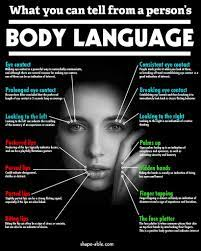Does smiling always reflect an inner state of happiness, cheerfulness or amusement or, as behavioral ecology theory suggests, a tool used in social interactions? This experiment tends to confirm this theory by suggesting that cheerfulness is neither necessary nor sufficient to smile. Smiling does not necessarily suggest that we are happy, unsurprisingly confirms this study conducted at Sussex Medical School (BSMS), presented at the European Conference on Cognitive Ergonomics (ECCE 2018).
BSMS body language and physiology expert Dr. Harry Witchel asked 44 participants aged 18-35 to answer a geography quiz consisting of 9 questions difficult enough that they often gave the wrong answers . Participants who played this game sat and interacted with a computer, alone in a room while their faces were recorded on video. After the quiz, participants were asked to rate their subjective experience using a range of 12 emotions, including 'bored', 'interested' and 'frustrated'. During this evaluation, their facial expressions were analyzed by computer, frame by frame, to determine the degree to which they smiled on a scale of 0 to 1.
Engagement, the social fuel of the smile: Experience shows that during these human-machine interactions, the smile is not motivated by happiness but associated with a subjective commitment, which acts as "a social fuel of the smile, even while socializing with a computer. Thus, here, the emotion most associated with smiling turns out to be “commitment” rather than “happiness”. The image-by-image analysis of the participants' faces, when they answer the 9 questions, tends to confirm this theory:
the smile appears right after the computer informs them whether their answer was right or wrong, and surprisingly, participants smile more often when their answer is wrong.
